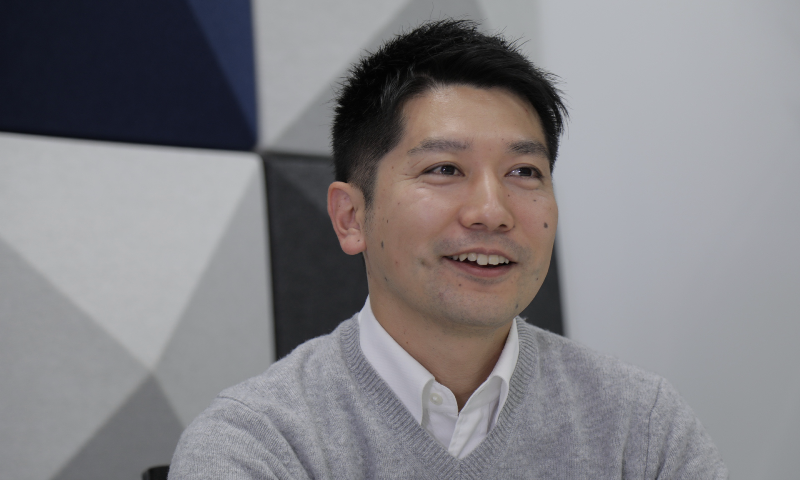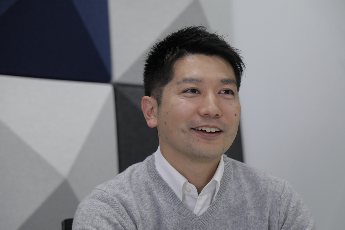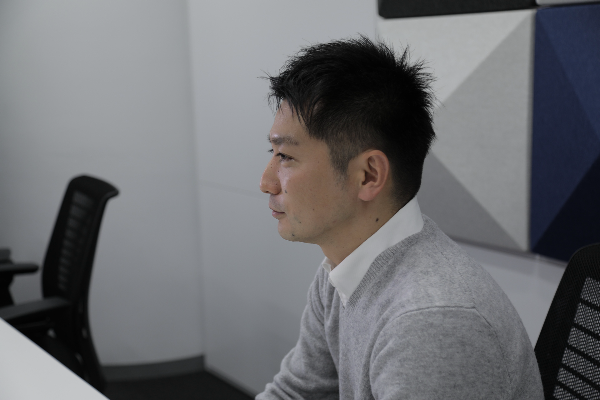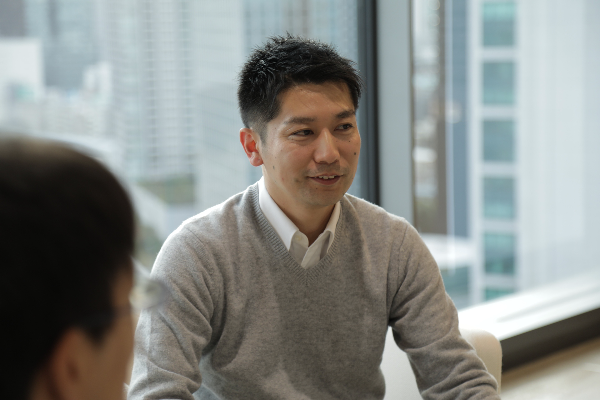

Anything that lets us live humanly.
When Takeshi Ando creates machines that support people, he says that he often feels the mystery and the wonder of humankind. For him, the most important theme is humans living in a human way, something he considers wonderful. The important point here is how to be able to maintain a state of well-being. If possible, we all want to walk with our own feet, to eat, sleep, and go to the toilet in the usual way until the day we die. It is often difficult to achieve this, however there are many issues that automation can solve in this regard. While automation might make life easier, does this translate to a better human life? GDP grows, but if our level of satisfaction remains the same, can we call this happiness? How do we look after human life and lifestyles? The essential factor with robotics is to make it the industry’s mission to ensure that we are able to do the things that we expect to do as humans until the very end of our lives.
The twin roles of robotics
Robotics plays two roles. The first is to solve labor shortage problems that arise with the decline in the size of the workforce engaged in production. The second is to ensure human well-being—people living their lives in happiness.

In the era of rapid economic growth, robots were used as tools to increase productivity. After that, robots came to be used as partners. Now, in the era of a 100-year life, it is inevitable that there will be parts of our lives that we cannot take care of solely relying on our own abilities. “I want to explore the value of self-expansion or augmentation,” says Ando. Panasonic looks at this idea of augmentation in two ways. The first is as “enlarge”—an increase in amount, in the sense of the physical expansion or increase of power or speed. The second concerns the emotional side of human life. Being able to share and able to feel, even if we depart from feelings such as happiness or sadness, represents a qualitative augmentation that the company calls “enrich.” Panasonic’s viewpoint on augmentation takes this two-pronged approach.
Panasonic’s DNA
Panasonic is a company that has been creating products that people interact with for 100 years. When we think about the concept of “humans living in a human way,” Panasonic’s DNA, which has been nurtured all this time, shows its strength. Robots will suddenly emerge from the factories where they have been until now and enter the lives of everyday people. Panasonic’s strength lies not only in robots, but also in a variety of technologies and design philosophies that revolve around “safe technology” and “comfortable technology” that the company has built up in the manufacturing of home appliances. We can consider world safety as a technological set: safety and peace of mind. Panasonic believes that consumers worldwide are concerned to have both peace of mind and safety assured before accepting a product or brand. The company continues to play a part in consumer’s lives with the development of technologies that offer both peace of mind and safety, the creation of products, and their delivery on the market. Panasonic believes that it makes a major contribution to the establishment of standards for technology that offers peace of mind and safety in society.
Three initiatives in the construction of the Robotics HUB
Ando explains the Robotics HUB as a “place to make things happen.” It was constructed for the purpose of creating a “co-creation space” that rapidly produces innovative robotics.

Robotics and similar technologies have been the recent focus of attention worldwide. We hope to put a robot on the market that is able to meet the various expectations that exist of this technology. The Panasonic Robotics HUB is the place to make this happen. This initiative rests on three pillars. The first is to create and provide an environment where people can move, evaluate, and co-create without delay. Specifically, Panasonic is creating a place where people can get together in the real world, whether they work for the company or not. The second is to build and provide a platform based on internal and external robotics technologies. Panasonic is trying to create an environment where it brings together the robotics technology that exists worldwide all over the group and organize it in the one place, so that when there is a desire to create a robot of some kind, the required technology can be very quickly extracted or multiple technologies can be rapidly crossed over and applied. The third pillar is the creation of an agile business. Panasonic’s aim is to contribute to the acceleration of robotics development. It is working on rapid manufacturing and prototyping functions; matching needs not only to engineers, but also to other areas such as sales; needs–seeds matching and risk assessment; and the provision of human resources development services. The important thing at the Robotics HUB is “industry–academic collaboration, working with problem-solving arising from needs as the central pillar.” The company also believes it is important to actively take on the challenge of somewhat cutting-edge technology.
This article was written based on a video Interview with Takeshi Ando of Robotics Hub: Towards a more “human” lifestyle. Click here to watch the video.
